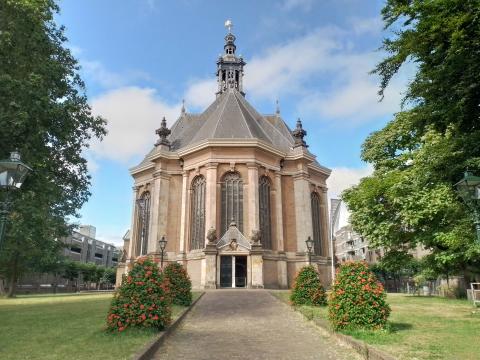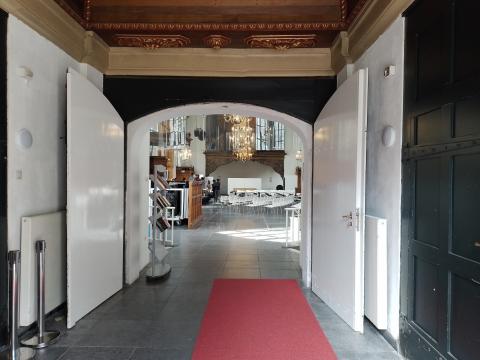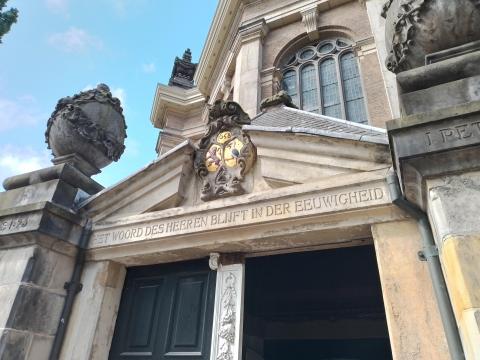Nieuwe Kerk, Den Haag

The Dutch Golden Age is a roughly one-hundred-year period from the founding of the republic in 1588 to the murder of the brothers De Witt in 1672. Characterised by godliness, learning, commerce, culture and naval power, it was a time when the Netherlands punched above its weight (perhaps like it does now) and even gave Cromwell’s England a run for its money.

Whereas English Protestantism of the mid-seventeenth century is associated with destruction and iconoclasm, the Dutch Calvinists of the Hague were building what is arguably their most beautiful church: Nieuwe Kerk. I learned last week that every city in Holland seems to have a 'new church' and an 'old church' and that the new churches are still very old.

Built in 1649 when their English brethren were lopping of Charles Stuart’s head and establishing a republic of their own, it appears to be baroque, with elements of classicism. It is truly beautiful and exposes the lie that only the Church of Rome could build beautiful buildings in which to worship. This was probably true of England until the Great Fire of London, but not here in the Netherlands. In its grounds lie buried the aforementioned De Witt brothers and the Jewish philosopher, Benedict Spinoza.

I could not gain entry to the place; it appears to be used now exclusively for concerts, and some Indian-looking musicians were practising inside when I visited, a barrier excluding those without while admitting fresh air to those within. It seemed an awful pity to me, as it often does, when so magnificent a place of worship is handed over to secular use, for the enjoyment of music rather than an enjoyment of Him who created music. Still, I was encouraged by a Dutch scripture text inscribed above the entrances from 1 Petrus 1:25, which the 1611 translators render:
But the word of the Lord endureth for ever. And this is the word which by the gospel is preached unto you.
The most beautiful churches may close and be closed, but the beautiful gospel of Christ remains- for ever.

- Log in to post comments


 Sunday Worship 10.45am & 6.00pm
Sunday Worship 10.45am & 6.00pm